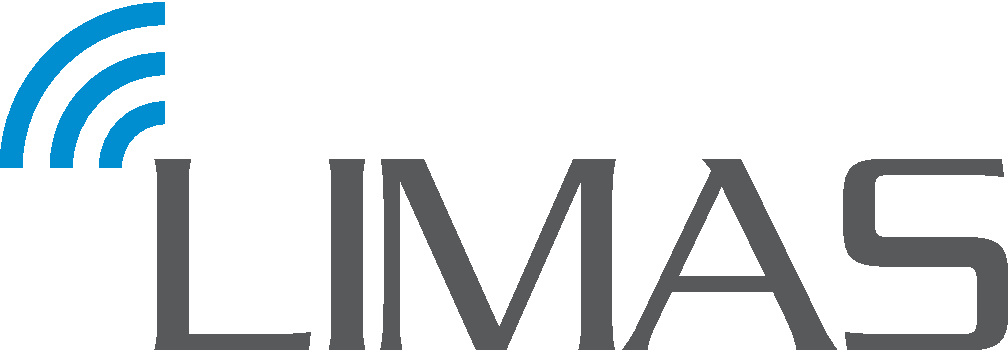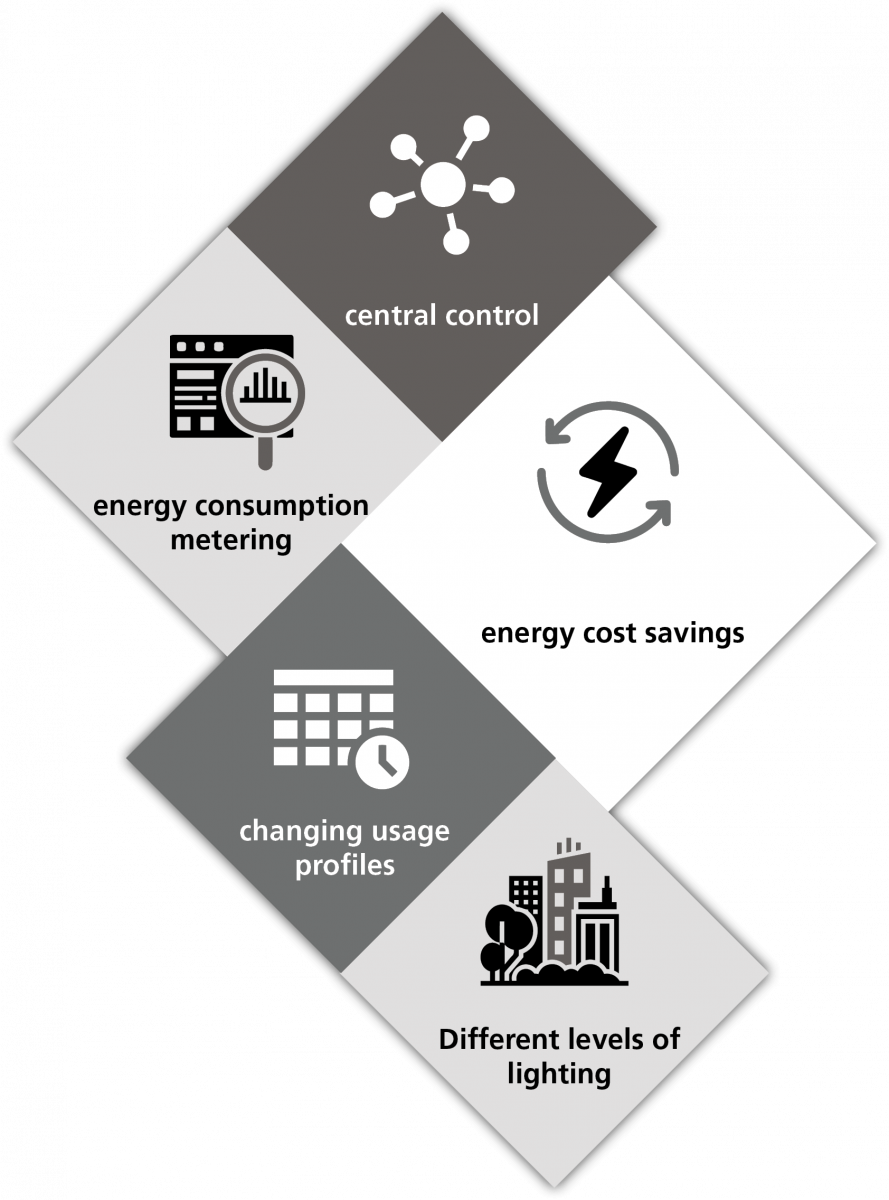
Wireless light management
Our light management system LIMAS allows a needs-based, extremely efficient and comfortable lighting control on streets, squares and cycle paths!
Intelligent components built into the luminaires automatically generate a wireless network to communicate with each other. As desired or when motion is detected, the light fittings can either turn up a dimmed lighting level or return to a pre-set background level.
SYSTEM VERSIONS
The light management system LIMAS is available in two system versions. Choose either the version with USB-dongle, which enables control and monitoring of the light fittings on site, or the version with RFL LIMAS HUB3 G2 GPS SIM, which enables central control and monitoring of the light fittings from anywhere in the world.
FEATURES
The LIMAS system offers a variety of features for needs-based lighting control and for extensive monitoring of the light fittings. Thanks to the intuitive user interface, system settings can be easily adjusted and reports can be called up quickly.
USB-dongle | cloud connection | |
| User-friendly user interface with graphic display of operating status, energy consumption, function and location of the light fittings | ✔ | ✔ |
| Freely configurable dimming profiles according to time, dimming level and motion profile | ✔ | ✔ |
| Real-time access to the luminaires for instant-on or changing dimming profiles if necessary | ✔ | ✔ |
| Integrated constant luminous flux function to keep the luminous flux constant over the entire service life | ✔ | ✔ |
| Energy consumption metering | ✔ | ✔ |
| Evaluation and export of selected or saved luminaire data | ✔ | ✔ |
| Access to all system functions at any time and from any place in the world | - | ✔ |
| Automatic error messages by e-mail or SMS with location information | - | ✔ |
| Time and date updates via time server for time-dependent dimming | optional | ✔ |
| Motion detection via motion sensor (PIR sensor) | optional | optional |
| Optimised on/off with daylight sensor | ✔ | ✔ |
| Time, date, parameter and position monitoring via GPS | optional | ✔ |




